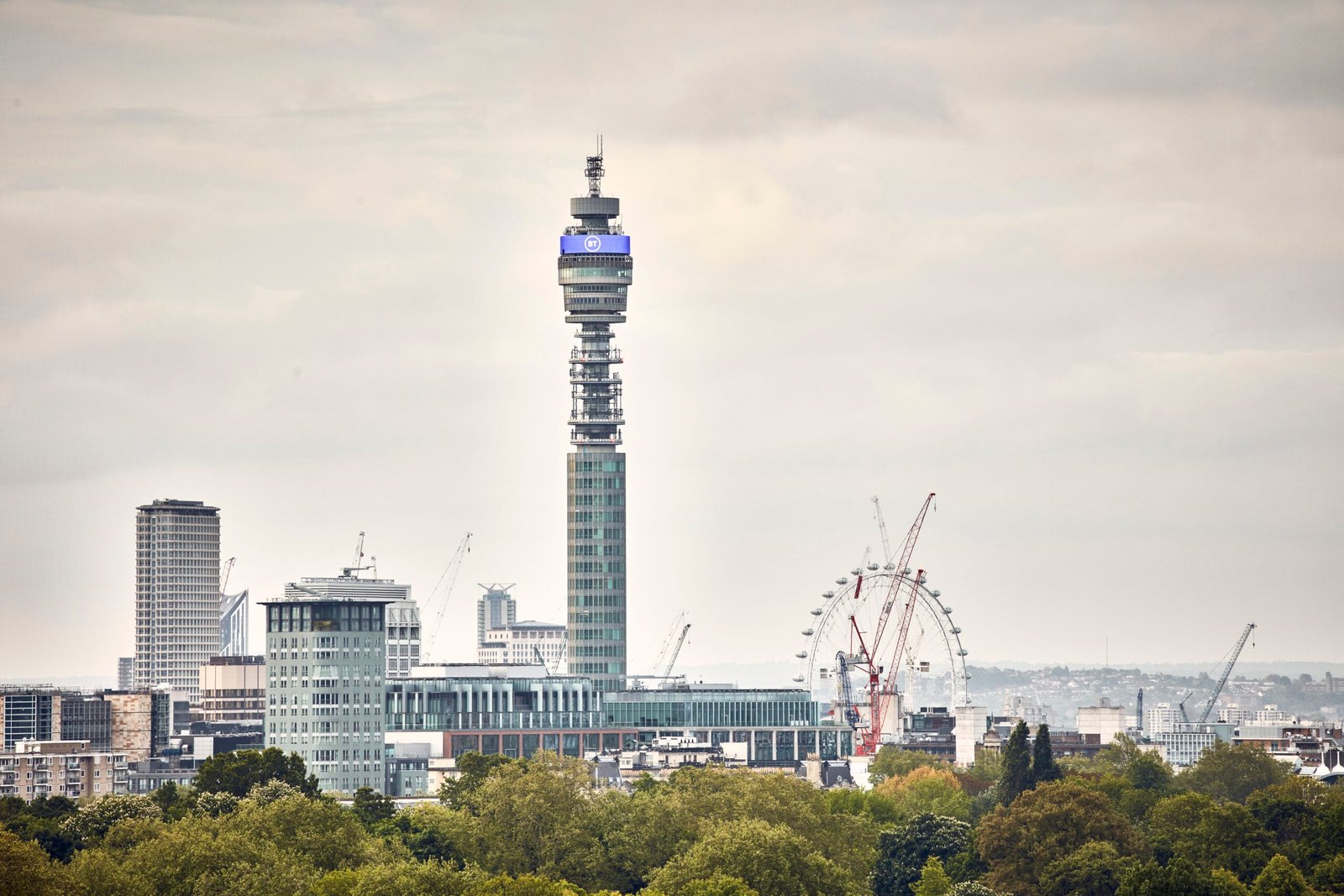The iconic BT Tower in London is set to undergo a transformation into a luxury hotel, thanks to U.S.-based hotel ownership group MCR. The purchase agreement for the tower, which is located in the Fitzrovia neighborhood of London, was announced by BT Group, the building’s seller, with a price tag of 275 million British pounds (approximately $348 million). MCR, known for its successful refurbishment of historic buildings into high-end hotels, plans to take several years to refurbish the tower and turn it into a hotel and public space.
MCR CEO Tyler Morse expressed his pride in becoming the owner of the BT Tower, stating that the company will carefully develop proposals that respect the building’s rich history and make it accessible for everyone to enjoy. While details about the number of rooms in the hotel or the potential revival of the tower’s rotating top-floor restaurant were not specified in the announcement, it is clear that MCR will take a meticulous approach to the renovation process.
One of the main challenges that MCR will face during the refurbishment of the BT Tower is the relocation of telecommunications BT Group, the tower’s namesake. The company will need to vacate the building and move its technical equipment elsewhere, a process that will take several years. Once the tower is cleared, MCR plans to engage in a design development and community engagement process before commencing work on the hotel.
MCR is well-known for its successful transformation of historic buildings into modern, high-end hotels. The company’s most notable project is the TWA Hotel at New York City’s JFK International Airport, which was created from the defunct airline’s architecturally acclaimed Eero Saarinen-designed terminal. MCR also owns the High Line Hotel in New York City and is currently working on the redevelopment of the Gramercy Park Hotel.
Morse highlighted the similarities between the TWA Hotel and the BT Tower, noting that both are renowned architectural landmarks that have been adapted for new use by future generations. He emphasized the privilege of being able to transform these iconic buildings and bring them into the modern era.
However, MCR has faced criticism for its pricing strategies, particularly for nickel-and-diming guests for certain amenities. For example, the TWA Hotel charges a fee for access to its rooftop pool, a practice that has drawn ire from some travelers. It remains to be seen whether these pricing practices will extend to the BT Tower once it is transformed into a hotel.
Despite its iconic status, the BT Tower has not always been well-received by architecture buffs. In a 2015 article, the New York Times labeled it as one of “the World’s Most Hated Buildings.” This presents an opportunity for MCR to enhance the tower’s image and reputation through the hotel renovation, turning it into a sought-after destination for travelers and locals alike.
In conclusion, the transformation of the BT Tower into a luxury hotel by MCR represents a significant opportunity to breathe new life into a historic landmark and create a unique hospitality experience in the heart of London. With a careful and thoughtful approach to the renovation process, MCR has the potential to create a world-class hotel that pays homage to the building’s heritage while offering modern amenities and services to guests. The future of the BT Tower as a hotel is an exciting prospect, and one that is sure to capture the imagination of travelers and architecture enthusiasts around the world.

